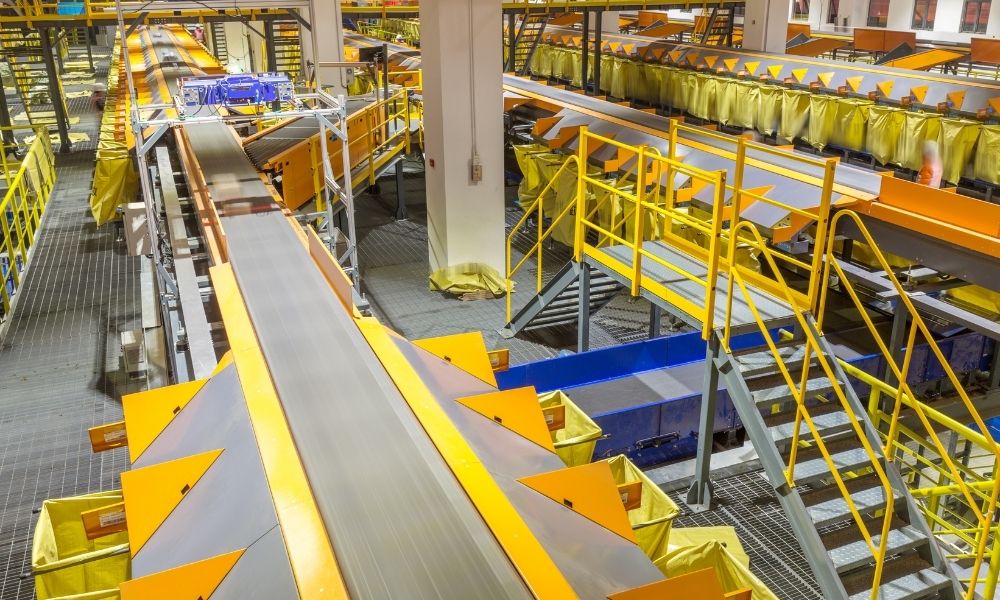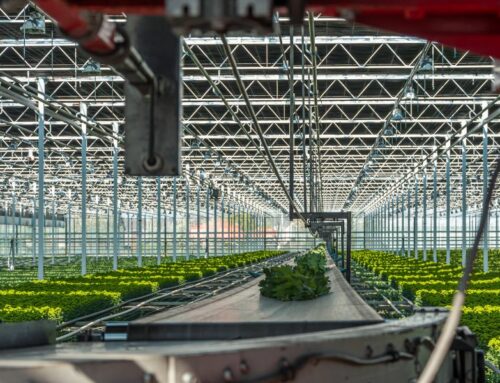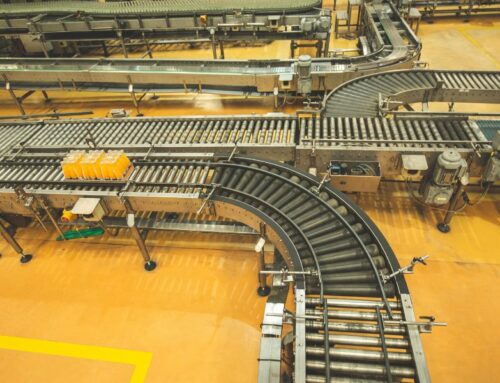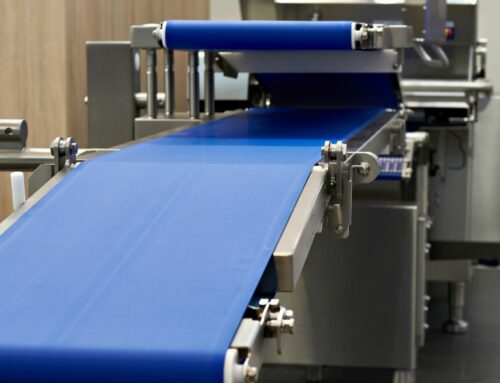
Conveyor belts increase workplace efficiency and productivity. Today, there is an expansive collection of conveyor belt systems to choose from, each offering unique benefits to fabrication processes. Of the many systems, a belt conveyor is one of the simplest and most utilized. Redline Systems reviews how a belt conveyor functions and the different applications for belt conveyors.
How a Belt Conveyor Works
So, how does a belt conveyor work to be so effective? Belt conveyors consist of two powered pulleys, typically at both ends of the system.
The pulleys pull a continuous loop of belt made of synthetic and natural fibers. Products are placed on the belt and made mobile by the pulleys. The type of belt necessary for the system is determined by project requirements, such as distance, belt speed, type of product being conveyed, and any incline or decline necessities.
How To Use Them
Though heavily associated with and utilized by manufacturing facilities, belt conveyors exist outside of the fabrication world, too. Chances are you have experienced the convenience of the different applications for belt conveyors more than once in your life.
Grocery stores, airports, and even sushi restaurants use pulley systems to transport items—whatever their size. A few different industries that employ belt conveyors include
- Automotive
- Print finishing
- Bottling/Canning
- Technological Devices
- Packaging
- Pharmaceutical
- Food processing
- Aerospace
As you can see, a belt conveyor is a highly flexible machine. With industrial conveyor belt systems being such revered equipment, belt manufacturers like Redline Systems are constantly improving their products.
Belt Conveyor Perks
A few reasons why so many different industries take advantage of the belt conveyor system is because of its vast benefits. A few of those benefits include:
- Belt conveyors improve workplace safety by removing strenuous transportation burdens off employees, which boosts productivity in turn.
- They optimize space, as they can be customized to fit any facility.
- They are built to haul products of all shapes, sizes, and weights.
- They are designed to transport any type of good safely.



